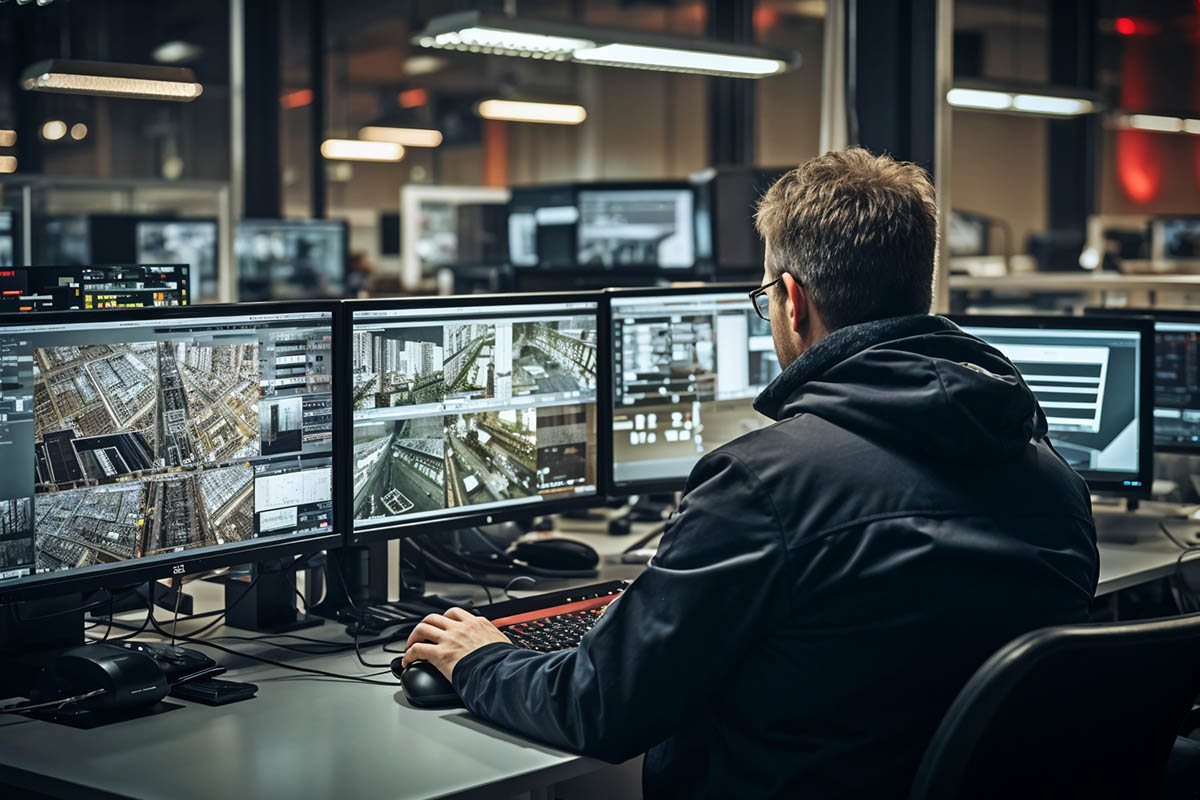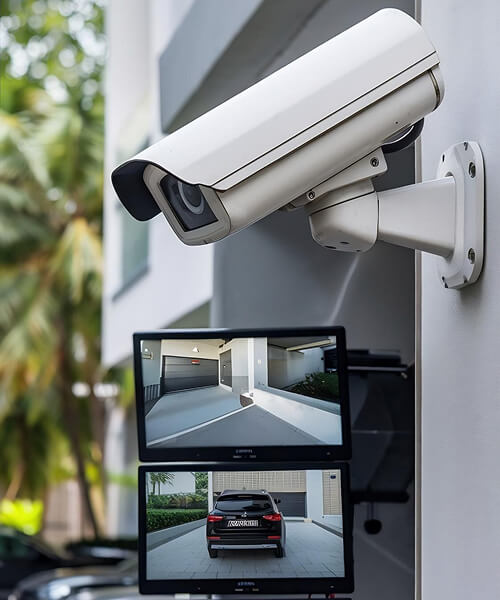



At IBox Infocom Pvt. Ltd., we are dedicated to providing cutting-edge security solutions that protect what matters most your people, property, and peace of mind. As a trusted name in the security industry, we specialize in delivering comprehensive electronic security products and services for residential, commercial, and industrial clients.

Call Directly 24/7
We offer 24/7 support for fast, reliable security assistance anytime, anywhere.
We offer competitively priced security solutions that deliver quality protection for any budget.

We deliver custom security systems for homes, businesses, and industries.
We offer top-brand security products for reliable, long-lasting protection.
Our team of engineers and layout designers are dedicated to their work to make proper planning or strategy before starting the manufacturing work.
Our quality for design and installation services for the entire fire safety equipment is an important factor that helps to keep us ahead of the crowd.
We, with the help of experienced quality inspectors, perform a quality test on the completed project, as per the NBC Norms before the final consignment deliveries to the market.
Call for Any Kind Of Services
Planning & Strategy
Design & Develop
Test & Deliver



Law Enforcement & Police Surveillance, Traffic Monitoring & Management, Border Security & Coast Guard, Public Transportation, Smart City Projects, Critical Infrastructure Protection.


Banks & Financial Institutions, Retail Stores & Supermarkets, Corporate Offices, Hotels & Hospitality, Restaurants & QSRs, Gas Stations & Convenience Stores.


Warehouses & Logistics, Factories & Production Plants, Oil & Gas Refineries, Mining & Heavy Industries, Ports & Shipping Yards.


Gated Communities & Apartments, Smart Homes, Construction Sites, Vacation Rentals.


Hospitals & Clinics, Elderly Care Facilities, Prisons & Correctional Facilities, Educational Institutions, Labs & Research Facilities.


Airports & Aviation, Public Transit, Fleet Management, Parking Lots & Garages.


Casinos & Gaming Zones, Stadiums & Event Venues, Nightclubs & Bars, Amusement Parks.


Farm Security, Wildlife Conservation, Greenhouse Monitoring.


Military & Defense, Maritime Surveillance, Disaster Management, Religious & Heritage Sites.
Our dedicated technical support team is available around the clock to ensure your security systems operate flawlessly.
We provide professional CCTV installation services.
We provide 24/7 security support anytime, anywhere.
















